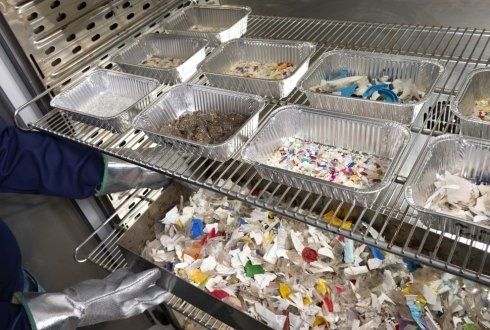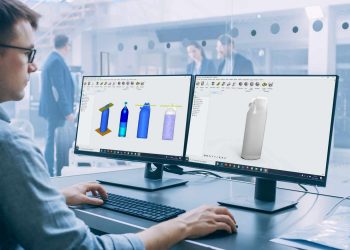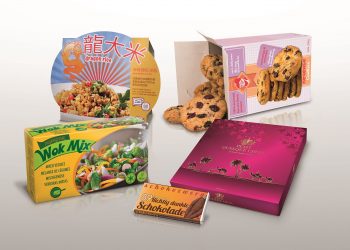Scientists have defined the theoretical limit in circularity for plastic packages, after multiple years of data collection and modelling. This is relevant for all stakeholders, since most of them strive towards higher recycling rates to alleviate the environmental impact of plastic waste. Preferably we would like to recycle plastic food packages into new packages. This is named circular recycling. But only limited types of packages are suited for circular recycling, most can only be recycled into non-food applications (open-loop recycling) and others cannot be recycled at all.
Multiple improvement measures can be taken at four stages of the recycling value chain (packaging design, collection, sorting and recycling). But it is currently unknown what recycling rates can potentially be achieved with the current technology in case all improvement measures are taken in a co-ordinated manner and to what extent this maximised recycling economy is circular. So, what is the limit of the circular economy for plastic packages with the current technology and the technology that is foreseen within the coming five years?
This straight-forward question can only be answered with detailed knowledge of the myriad of plastic packages that are placed on the market, the applied collection and recovery methods, sorting processes, recycling processes and the applicability of the recycled plastics. All this knowledge has been gathered in recent years within multiple projects. Researchers of Wageningen University & Research, Ghent University and University Twente joined forces to explore the future and to define this limit.
All stakeholders would need to implement drastic and coordinated measures
The situation of 2017 was thoroughly described as a baseline. The Dutch recycling value chain in 2017 for plastic packaging waste was, from a global perspective, relatively well-developed. The recycling rate was approximately 37% in 2017, when calculated according to the new, more strict European implementation decision EU/2019/665. Moreover, the average polymeric purity of the recycled plastics in 2017 was merely 93%. To progress beyond this status quo all improvement measures were modelled in a complex material flow analysis model. First of all, all packaging types were systematically redesigned for recycling in which all packaging components were optimised. Secondly, the collection and mechanical recovery rates were raised to the maximally achieved levels. Thirdly, the transfer coefficients of the best available recycling technologies were selected and the whole model was run again. This leads to an overall recycling rate of 72%. The average polymeric purity of the recycled plastics amount to 97%.
In such an ideal circular value chain more recycled plastics are produced for more demanding applications, such as food packaging, compared to the recycling value chain of 2017. However, all stakeholders would need to implement drastic and coordinated changes, signifying unprecedented investments, to achieve this optimal circular recycling value chain for plastic packages. Furthermore, this optimised circular recycling chain still heavily relies on the fossil oil feedstock for food packages and an outflow of non-food grade recycled plastics.
More disruptuive technologies are needed
The model also revealed that when uncoordinated measures are taken by a single group of stakeholders (for instance only design-for-recycling by producers of fast moving consumer goods), then only a limited increase in circularity can be achieved. Hence the combination of the correct improvement measures truly results in a synergetic improvement of the circularity.
This limit defines what can ultimately be achieved with the current technology, and the technology that is foreseen within the coming five years. Although the fulfilment of this limit would imply a sharp incline in recycling rates at the expense of vast and unprecedented investments, the plastic value chain would still not be completely circular. This is a warning for all stakeholders involved that circularity in plastic packages is not easily achieved and more disruptive technologies need to be developed and possibly adjustments in legislations need to be enforced to progress towards a truly circular economy.
Marieke Brouwer and Ulphard Thoden van Velzen summarise the situation as follows: “It will take a concerted action of all stakeholders and unprecedented investments to raise the recycling rates for plastic packages to 72%, but this will still be a largely open-loop recycling system that relies on fossil oil feedstock and the outflow of non-food-grade recycled plastics.”
Source : Case study published by Wageningen University & Research
Wageningen University & Research is a public research university in Wageningen, the Netherlands. It is located in a region of the Netherlands known as the Food Valley. WUR consists of Wageningen University and the former agricultural research institute of the Dutch Ministry of Agriculture.






